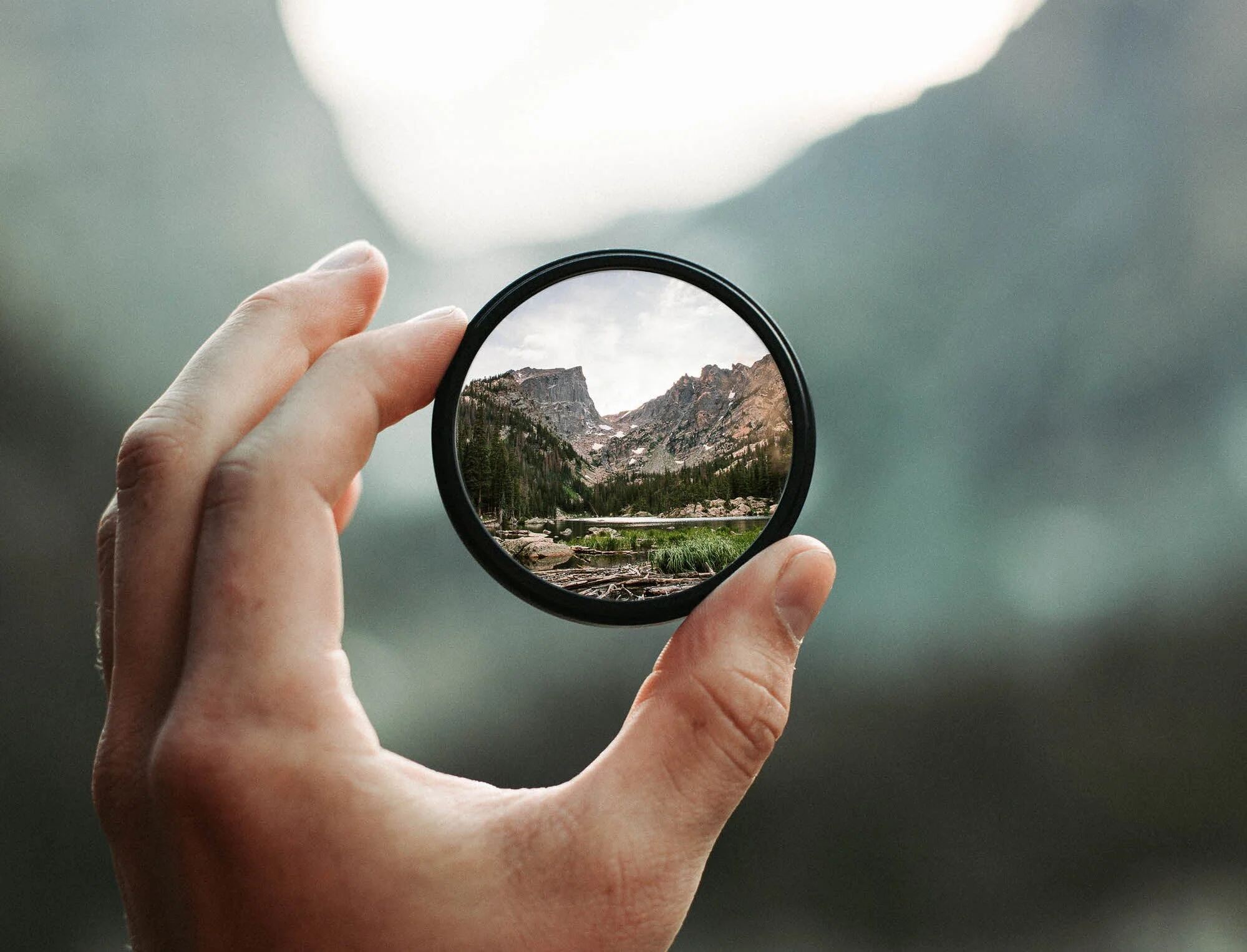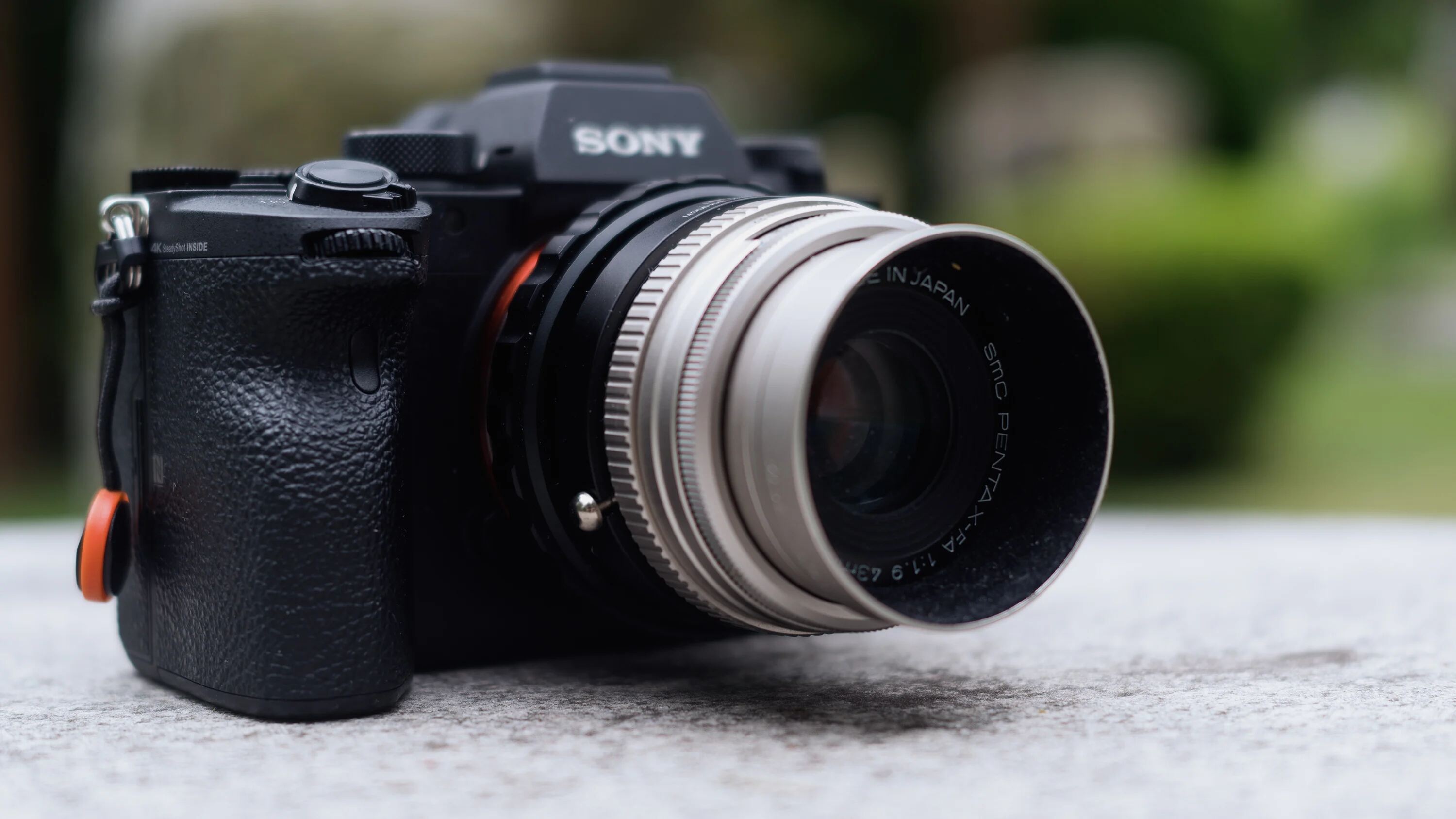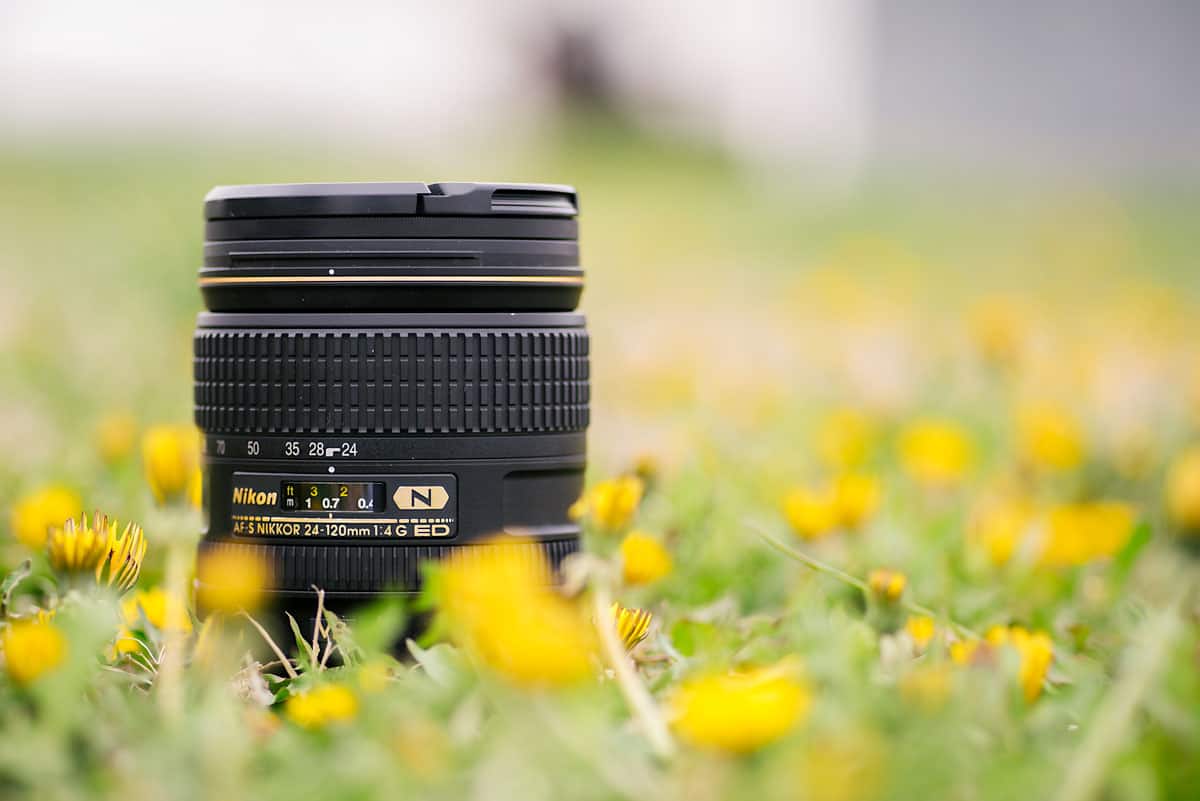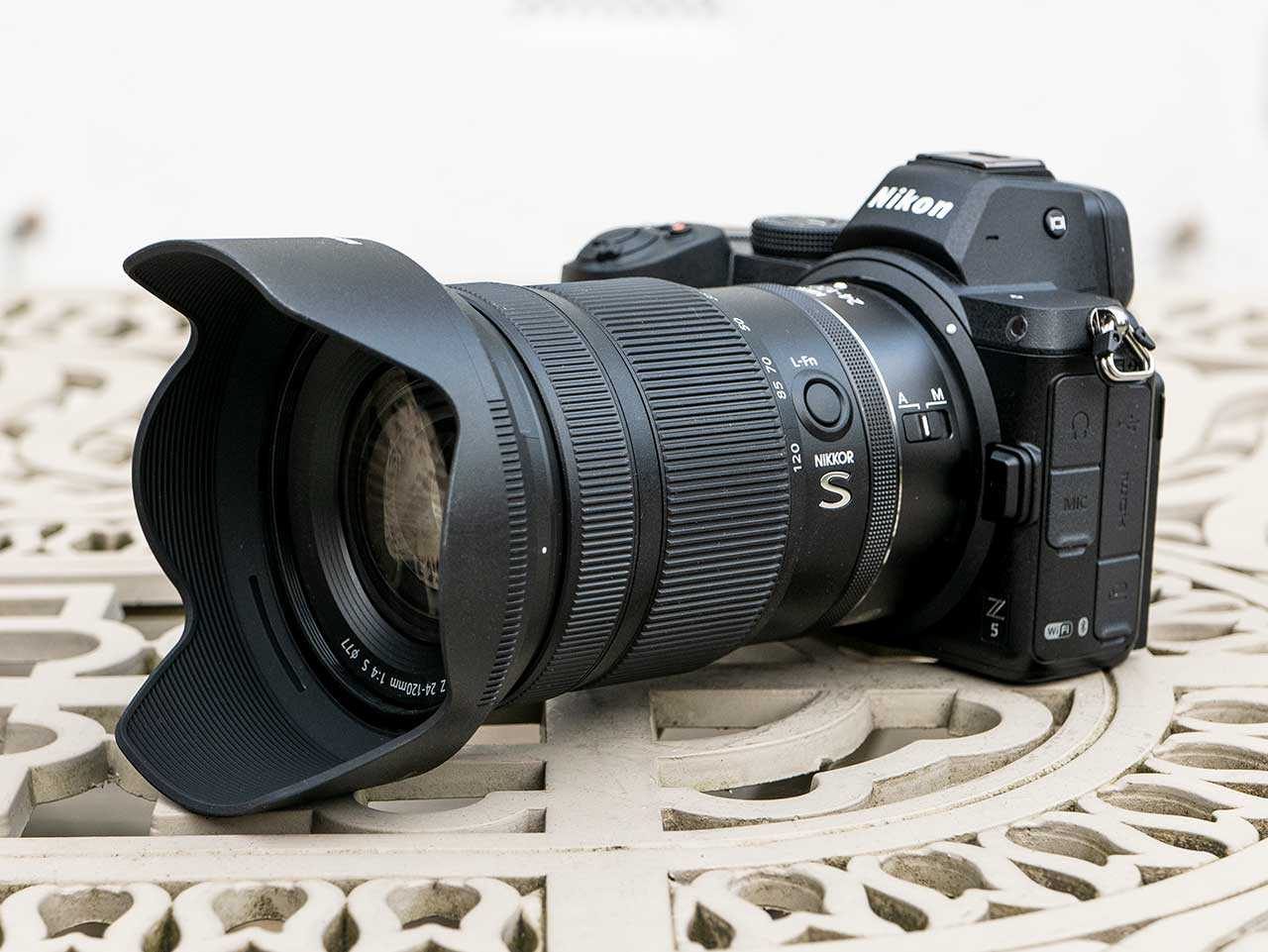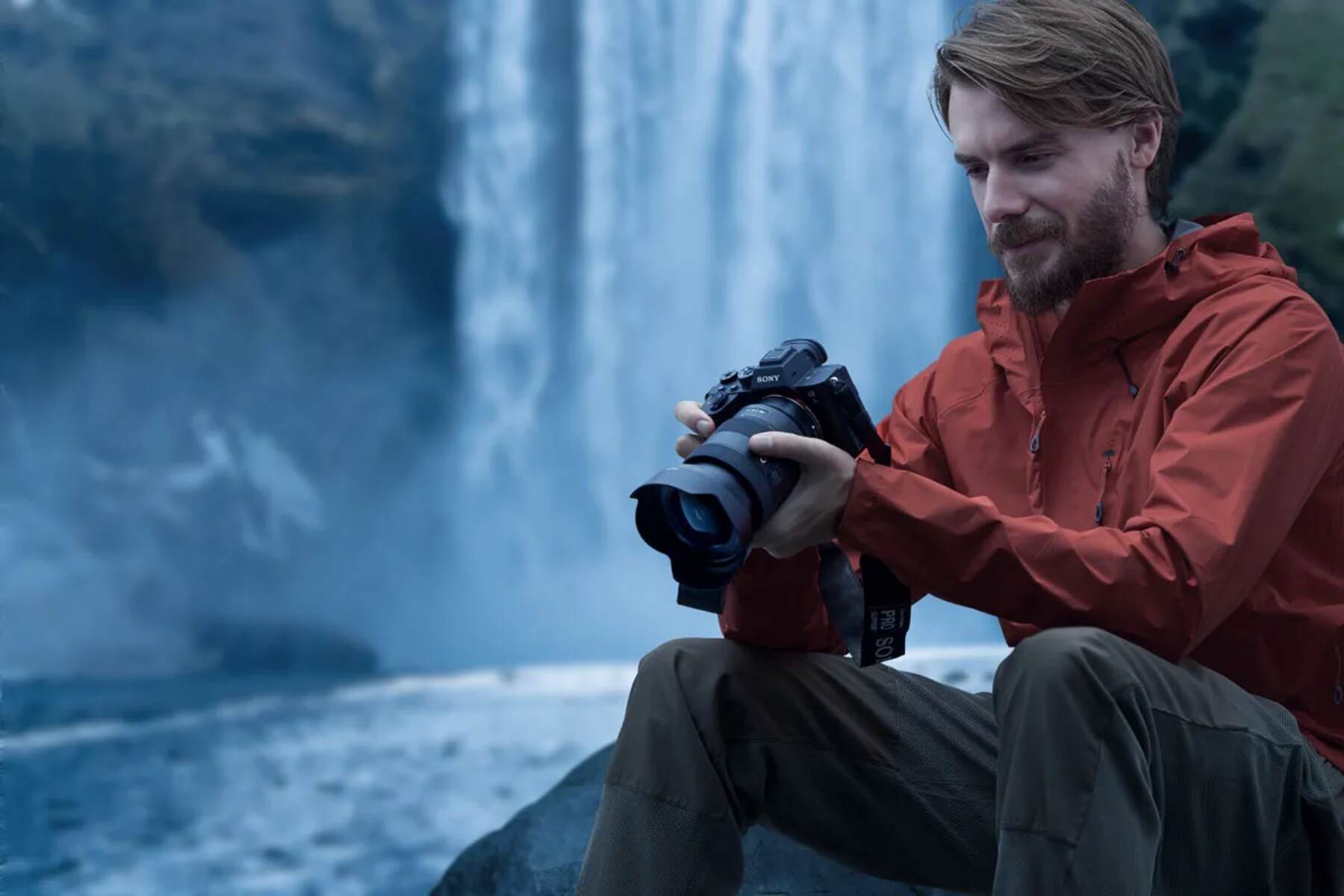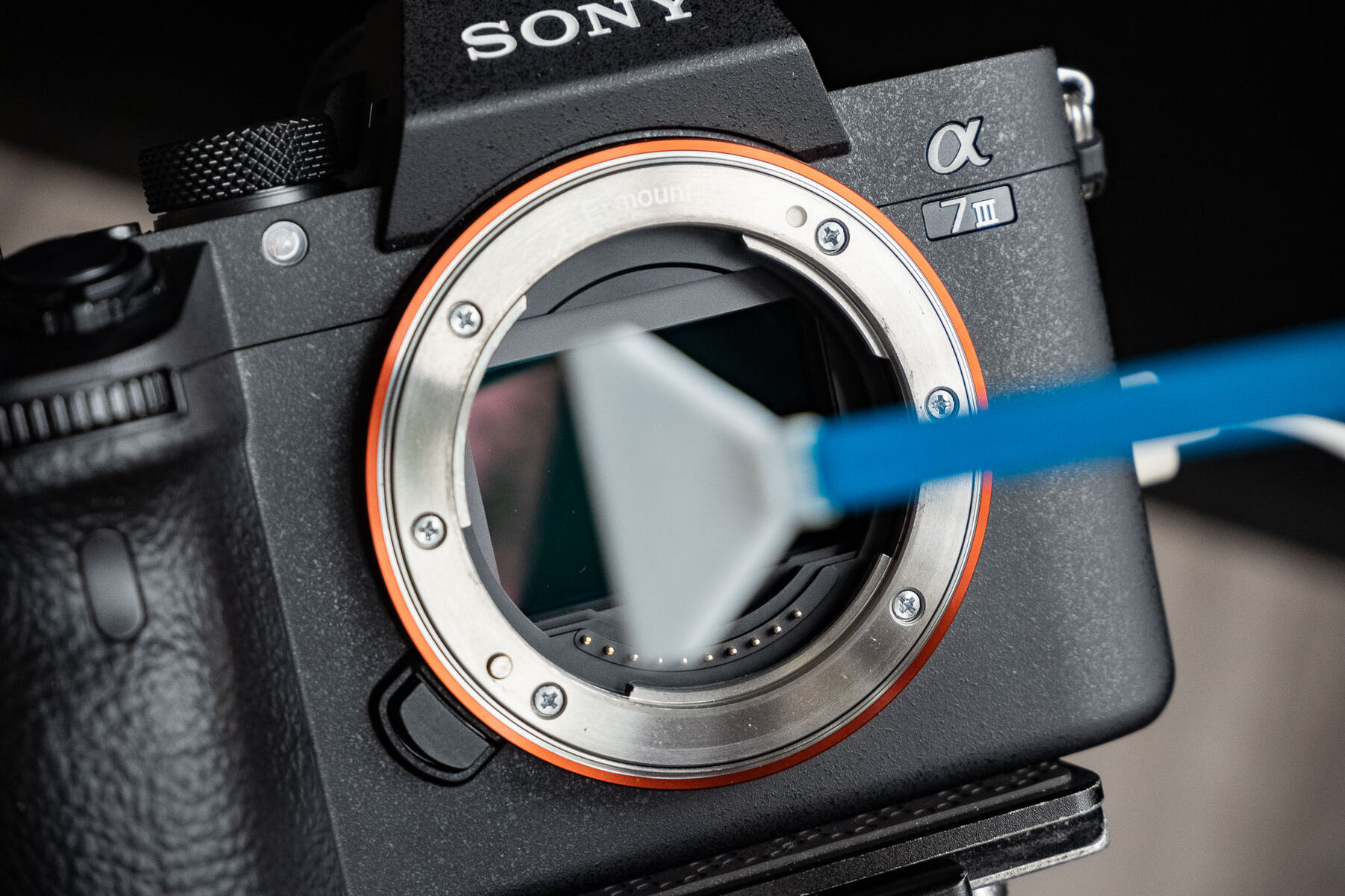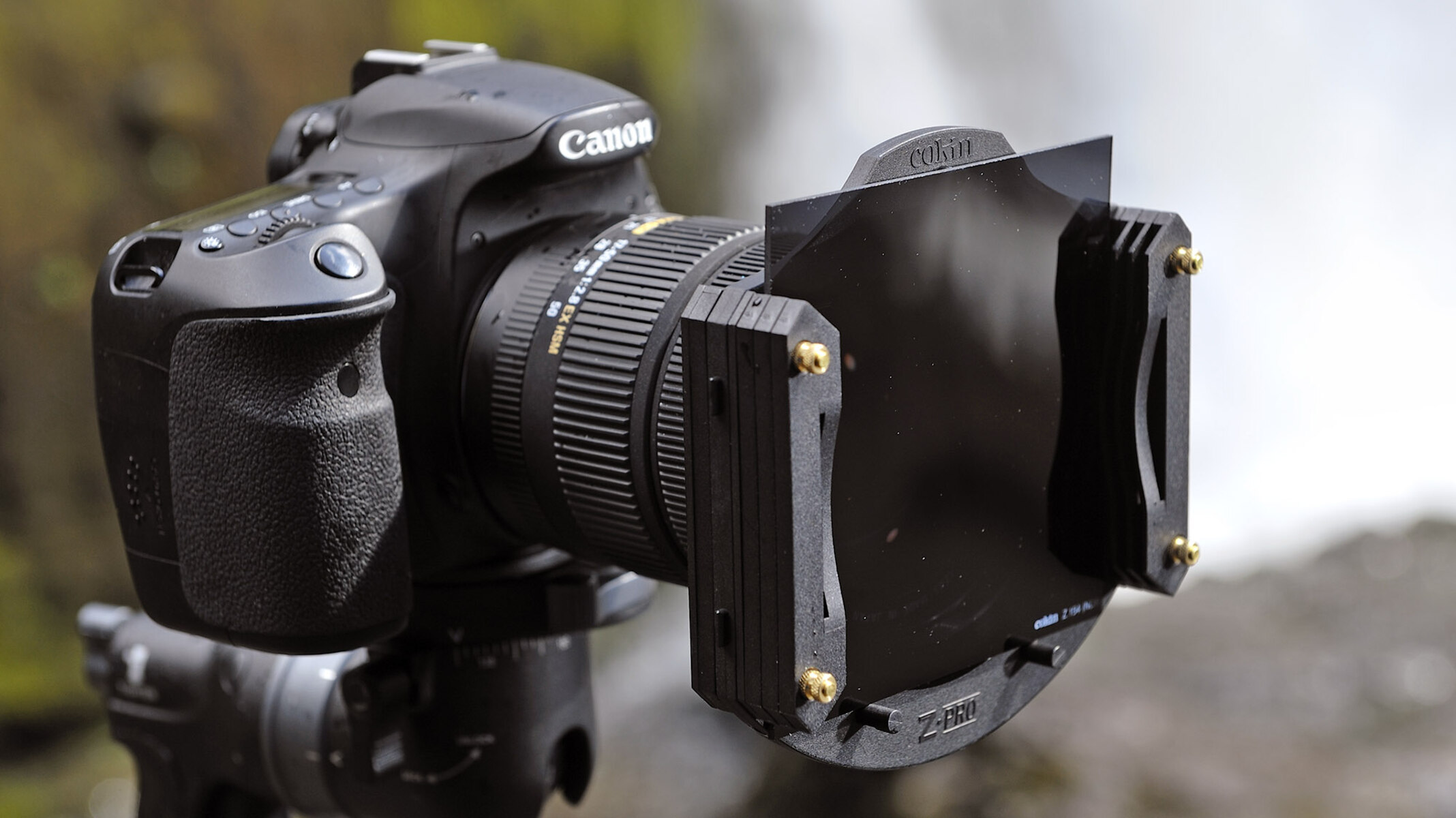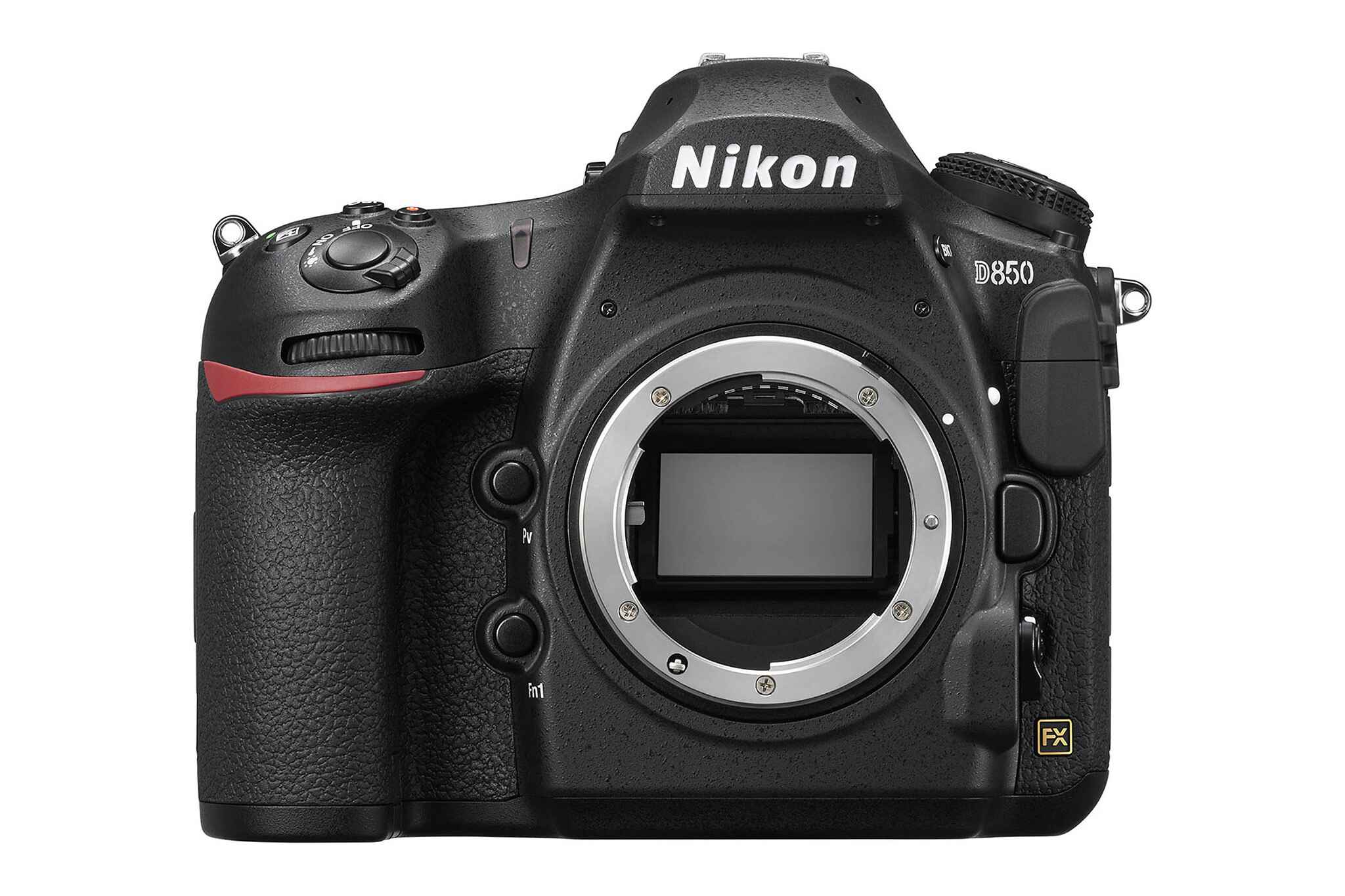Introduction
Welcome to the world of mirrorless cameras, where cutting-edge technology meets the art of photography. As a mirrorless camera enthusiast, you’re likely familiar with the importance of protecting your valuable equipment from dust, scratches, and other environmental hazards. One essential accessory that can safeguard your lens and enhance the quality of your photographs is the UV filter. In this guide, we’ll delve into the realm of UV filters, specifically tailored for mirrorless cameras, and explore the various types available to help you make an informed decision when selecting the ideal UV filter for your gear.
Whether you’re a seasoned professional or an avid hobbyist, understanding the role of UV filters and their significance in photography is crucial. By gaining insights into the different types of UV filters and their specific benefits for mirrorless cameras, you’ll be better equipped to preserve the integrity of your lens and elevate the overall visual impact of your images. So, let’s embark on this enlightening journey to unravel the mysteries of UV filters and uncover the best-suited options for your mirrorless camera.
Understanding UV Filters
UV filters, short for ultraviolet filters, are transparent accessories designed to block ultraviolet light from reaching the camera’s sensor. Originally, these filters were primarily used to reduce the bluish cast caused by ultraviolet rays, especially in high-altitude and coastal photography. While modern digital cameras are less susceptible to this phenomenon, UV filters continue to serve an essential purpose in protecting the front element of the lens from potential damage.
Besides shielding the lens from dust, moisture, and scratches, UV filters are also effective in minimizing the impact of atmospheric haze, resulting in crisper and clearer images, particularly in landscape photography. Additionally, these filters can act as a sacrificial layer, absorbing the brunt of any accidental impact or debris, thus safeguarding the lens from harm.
It’s important to note that UV filters do not have a significant impact on image quality under normal shooting conditions, especially with modern digital cameras. However, their protective function should not be underestimated, as they provide an added layer of defense against unforeseen mishaps, allowing photographers to focus on their creative pursuits without constant concern for potential damage to their equipment.
Types of UV Filters for Mirrorless Cameras
When it comes to UV filters for mirrorless cameras, there are several variations available, each offering distinct features to cater to diverse photographic needs. The most common types include:
- Standard UV Filters: These filters are clear and transparent, designed primarily for lens protection. They effectively block UV light while causing minimal impact on image quality. Standard UV filters are ideal for everyday use and are a fundamental accessory for safeguarding the front element of the lens.
- Multi-Coated UV Filters: These filters feature multiple layers of anti-reflective coatings, which help reduce lens flare and ghosting while providing enhanced protection against UV radiation. The multi-coating also facilitates easier cleaning and maintenance, making them a popular choice for photographers seeking superior optical performance.
- Slim Profile UV Filters: Engineered with a thinner frame to minimize the risk of vignetting, slim profile UV filters are well-suited for wide-angle lenses and compact mirrorless camera setups. Their low-profile design ensures compatibility with a broad range of lenses without compromising image quality or introducing unwanted artifacts.
- Water-Repellent UV Filters: These specialized filters feature hydrophobic coatings that repel water, making them ideal for outdoor and inclement weather photography. By preventing water droplets from adhering to the filter surface, they facilitate hassle-free shooting in challenging conditions while maintaining optical clarity.
Each type of UV filter offers unique advantages, allowing photographers to tailor their choice based on specific shooting scenarios and equipment requirements. Whether prioritizing lens protection, optical performance, or environmental durability, there is a UV filter variant suitable for every discerning photographer’s needs.
Choosing the Right UV Filter for Your Mirrorless Camera
When selecting a UV filter for your mirrorless camera, several factors should be considered to ensure compatibility, functionality, and optimal performance. Here are essential guidelines to assist you in choosing the right UV filter for your specific requirements:
- Filter Size: Determine the correct filter diameter that corresponds to your lens’s thread size. This information is typically indicated on the lens barrel or can be found in the camera’s manual. Using the wrong filter size can impede proper attachment and cause vignetting.
- Quality and Coating: Assess the quality and coating of the UV filter. High-quality filters with multi-coatings offer superior optical performance, minimize reflections, and provide enhanced durability. Investing in a reputable brand known for producing premium filters can significantly impact the overall image quality.
- Intended Use: Consider your primary shooting environments and conditions. If you frequently photograph in challenging outdoor settings or near water bodies, a water-repellent UV filter may be advantageous. For wide-angle lenses, opt for a slim profile filter to prevent vignetting.
- Budget and Brand: Set a realistic budget and explore renowned brands offering UV filters within your price range. While cost-effective options are available, prioritize quality and compatibility to safeguard your lens effectively.
- Compatibility with Lens Hood: Ensure that the chosen UV filter can be used in conjunction with your lens hood, especially if you frequently utilize this accessory for light control and protection against lens flare.
- Reviews and Recommendations: Research online reviews and seek recommendations from fellow photographers or professionals to gain insights into the performance and reliability of specific UV filter models. Real-world experiences can offer valuable guidance in making an informed decision.
By carefully evaluating these considerations and aligning them with your photographic needs, you can confidently select the most suitable UV filter for your mirrorless camera. Whether prioritizing lens protection, optical clarity, or environmental resilience, the right UV filter can elevate your photography experience while safeguarding your valuable equipment.
Conclusion
As you navigate the dynamic realm of mirrorless photography, the role of UV filters emerges as a vital component in preserving the integrity of your lens and optimizing the visual impact of your images. By understanding the diverse types of UV filters tailored for mirrorless cameras and the critical factors to consider when selecting the ideal filter, you are empowered to make informed choices that align with your specific photography needs.
Whether you prioritize uncompromising lens protection, enhanced optical performance, or resilience in challenging shooting environments, the right UV filter can serve as a reliable guardian for your valuable gear. From standard UV filters to multi-coated, slim profile, and water-repellent variants, each type offers distinct advantages to complement your photographic pursuits.
By adhering to considerations such as filter size, quality, intended use, budget, and compatibility with accessories, you can confidently navigate the array of UV filters available and make a discerning selection that harmonizes with your creative vision and equipment requirements. Embracing the protective and optical benefits of UV filters enriches your photographic journey, allowing you to focus on capturing captivating moments with the assurance that your lens is shielded from potential harm.
As you embark on your next photographic endeavor, let the knowledge gained from this guide empower you to embrace the protective and optical benefits of UV filters, enhancing your creative expression while safeguarding your valuable investment in mirrorless camera technology.







